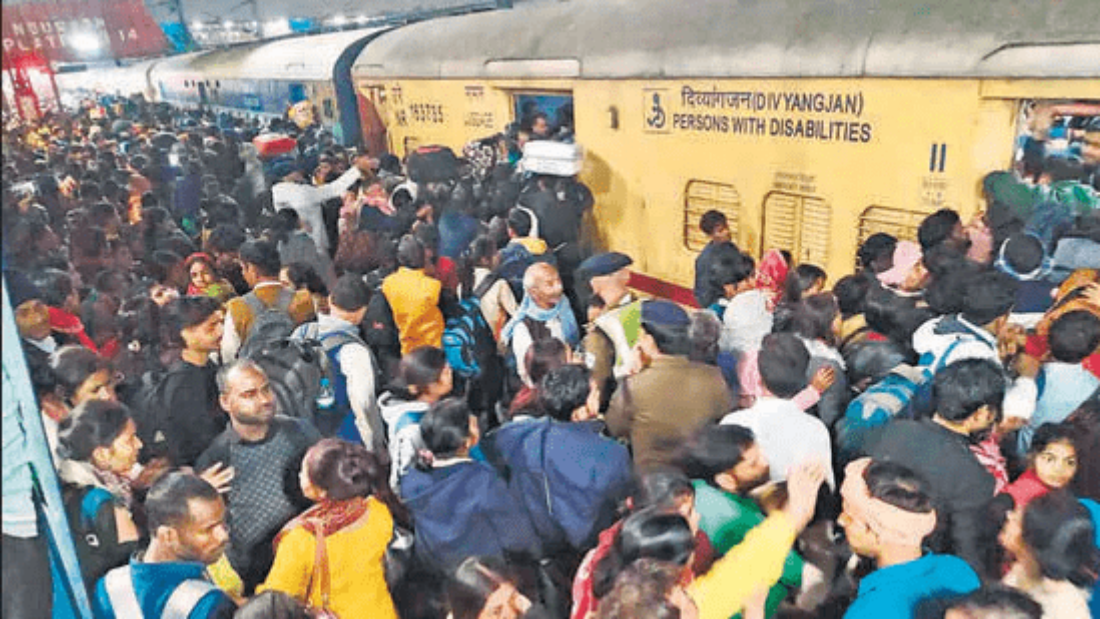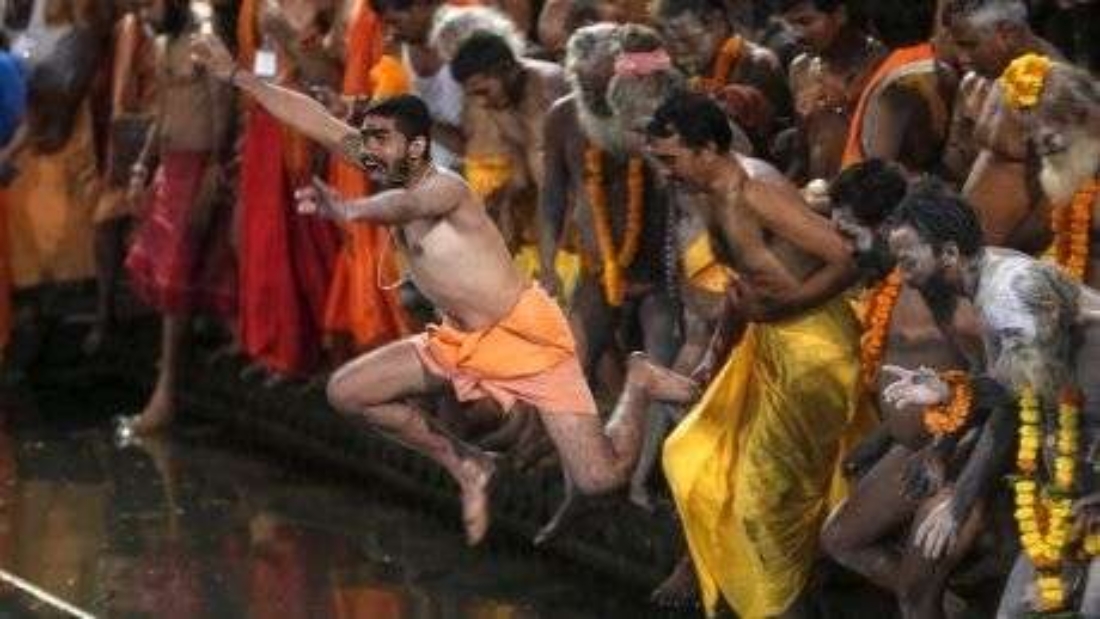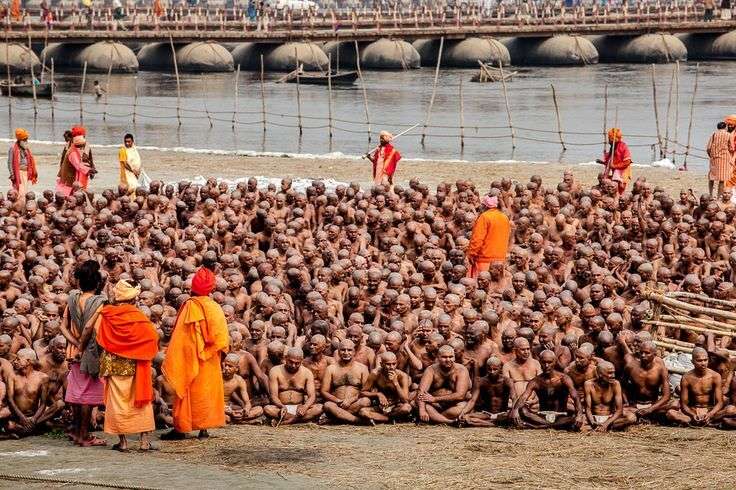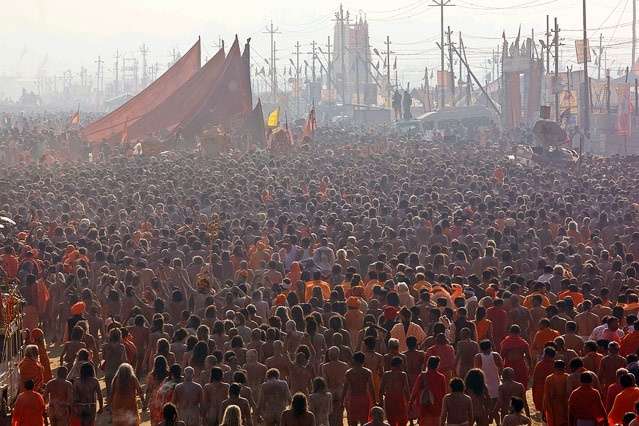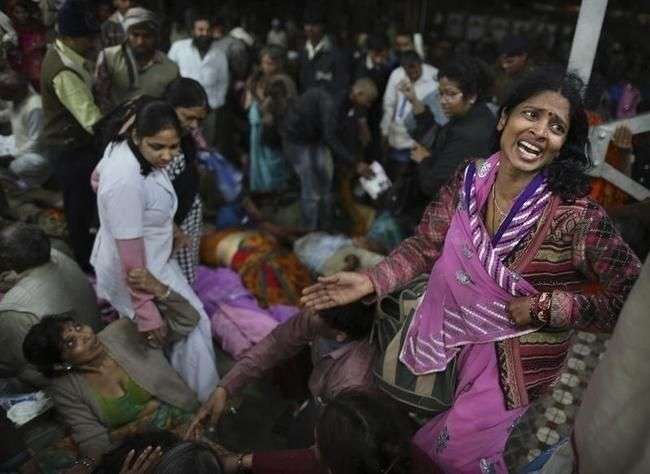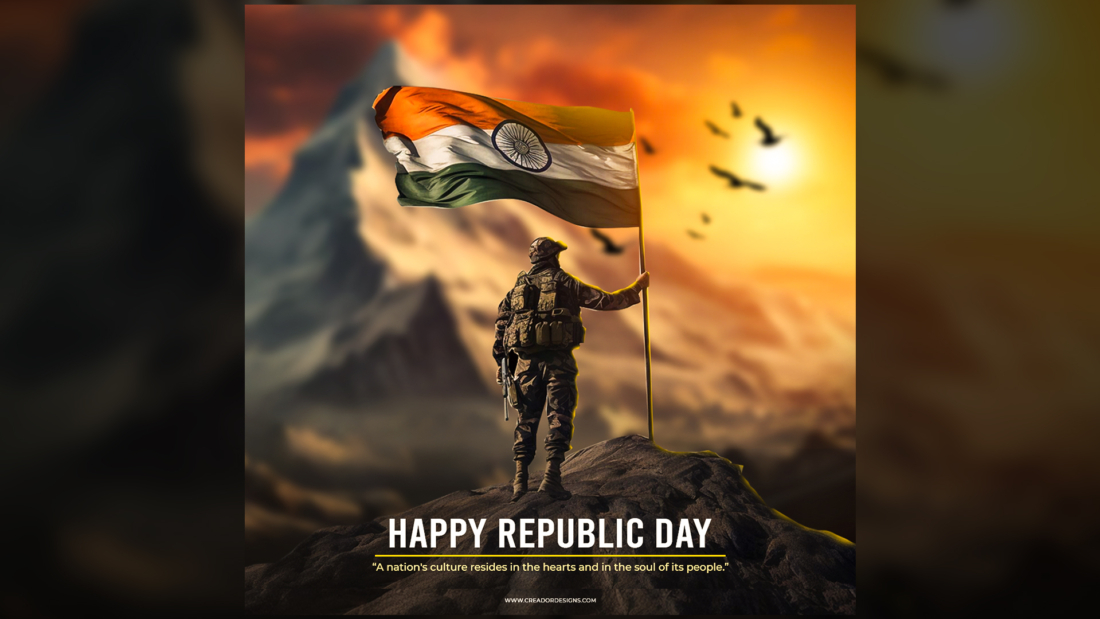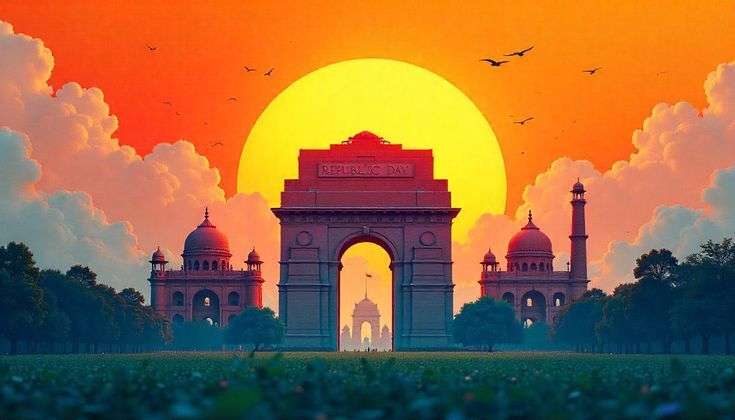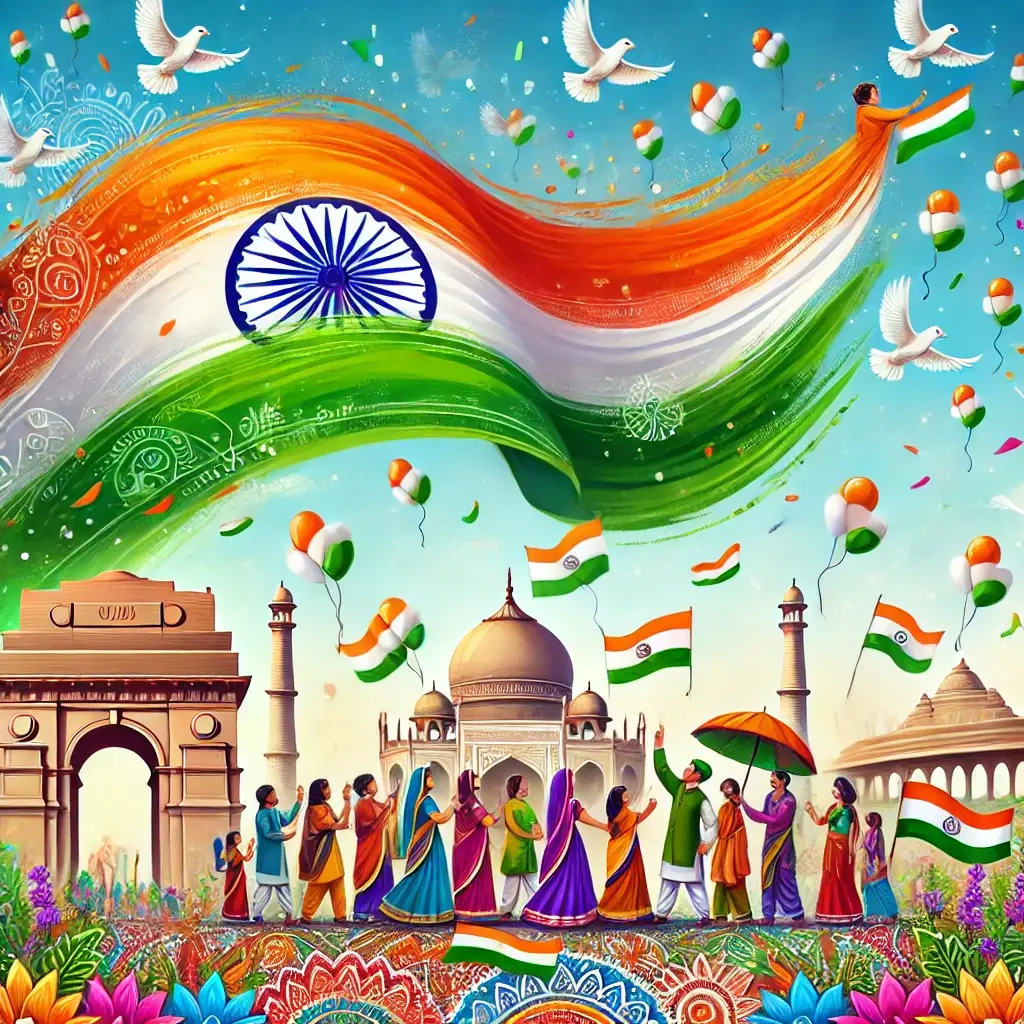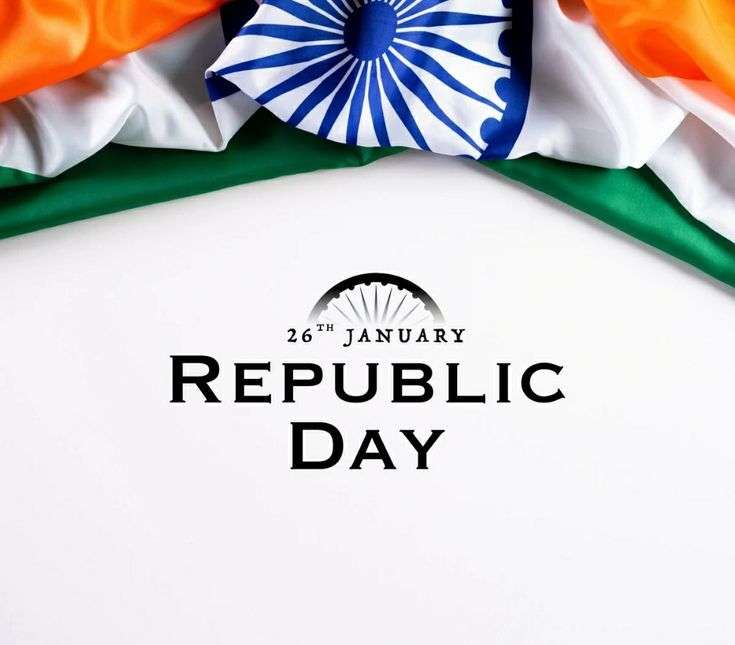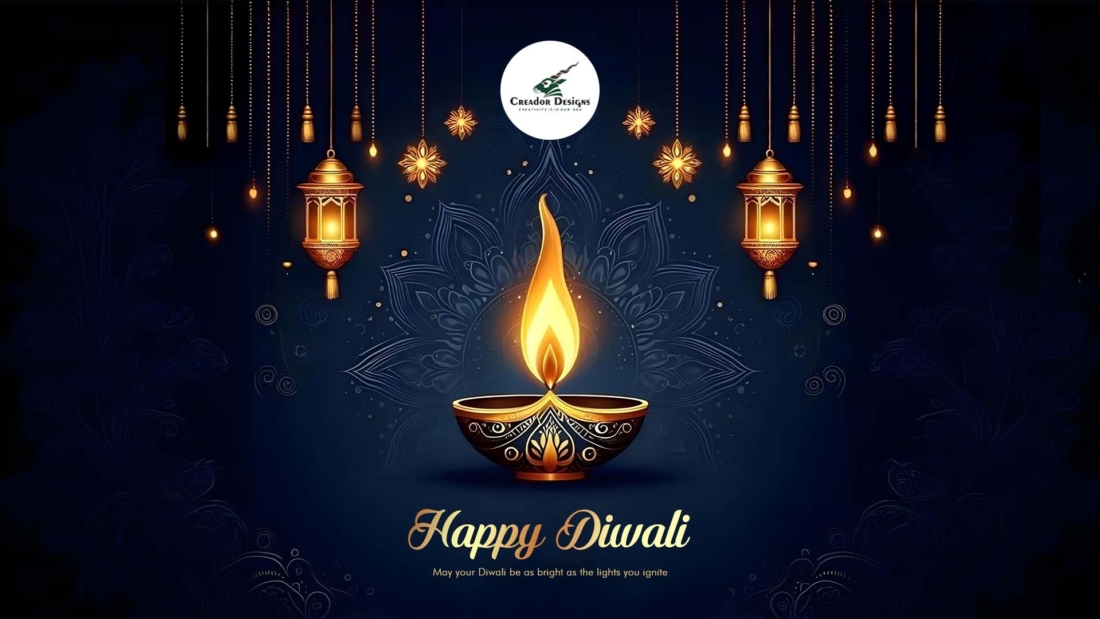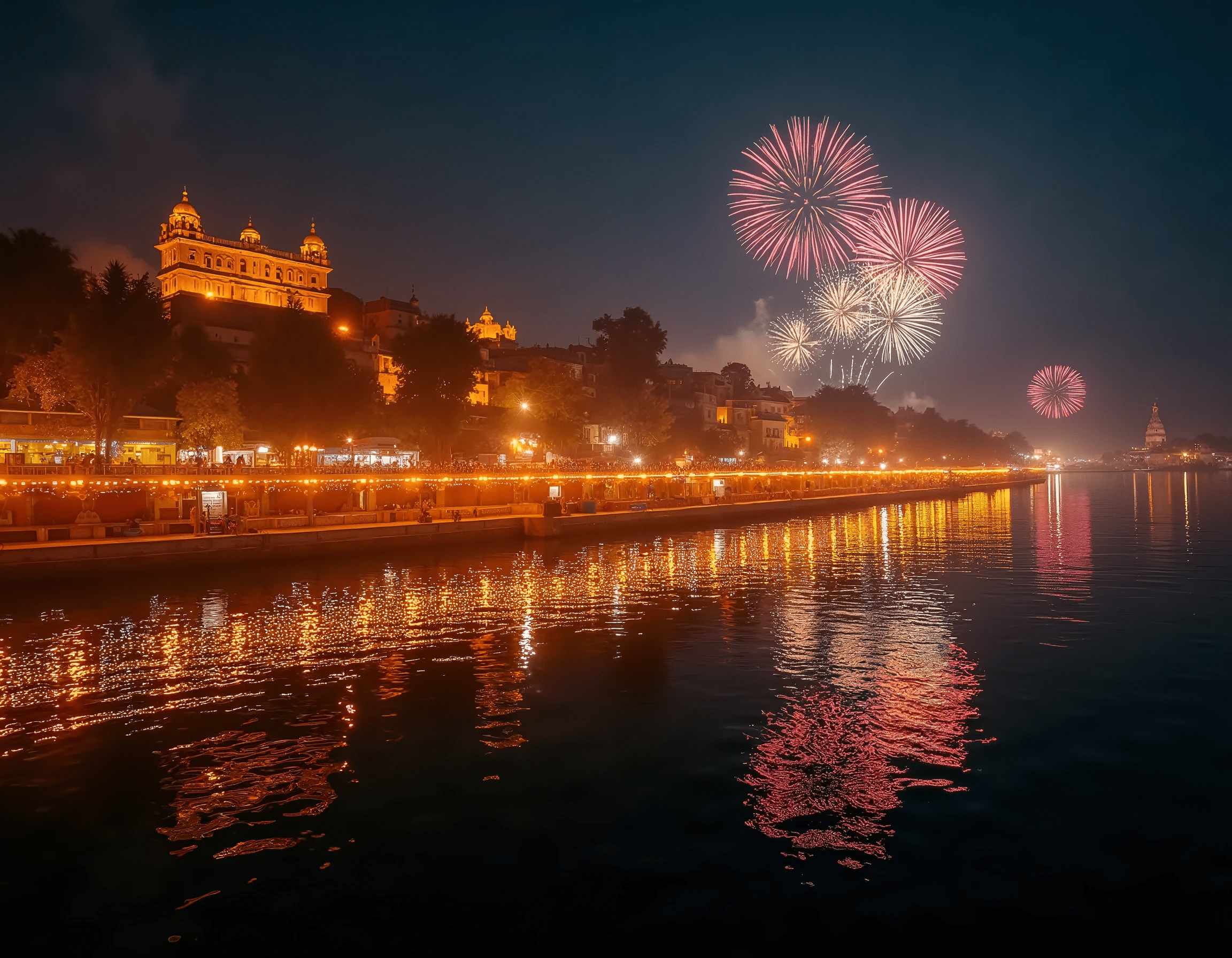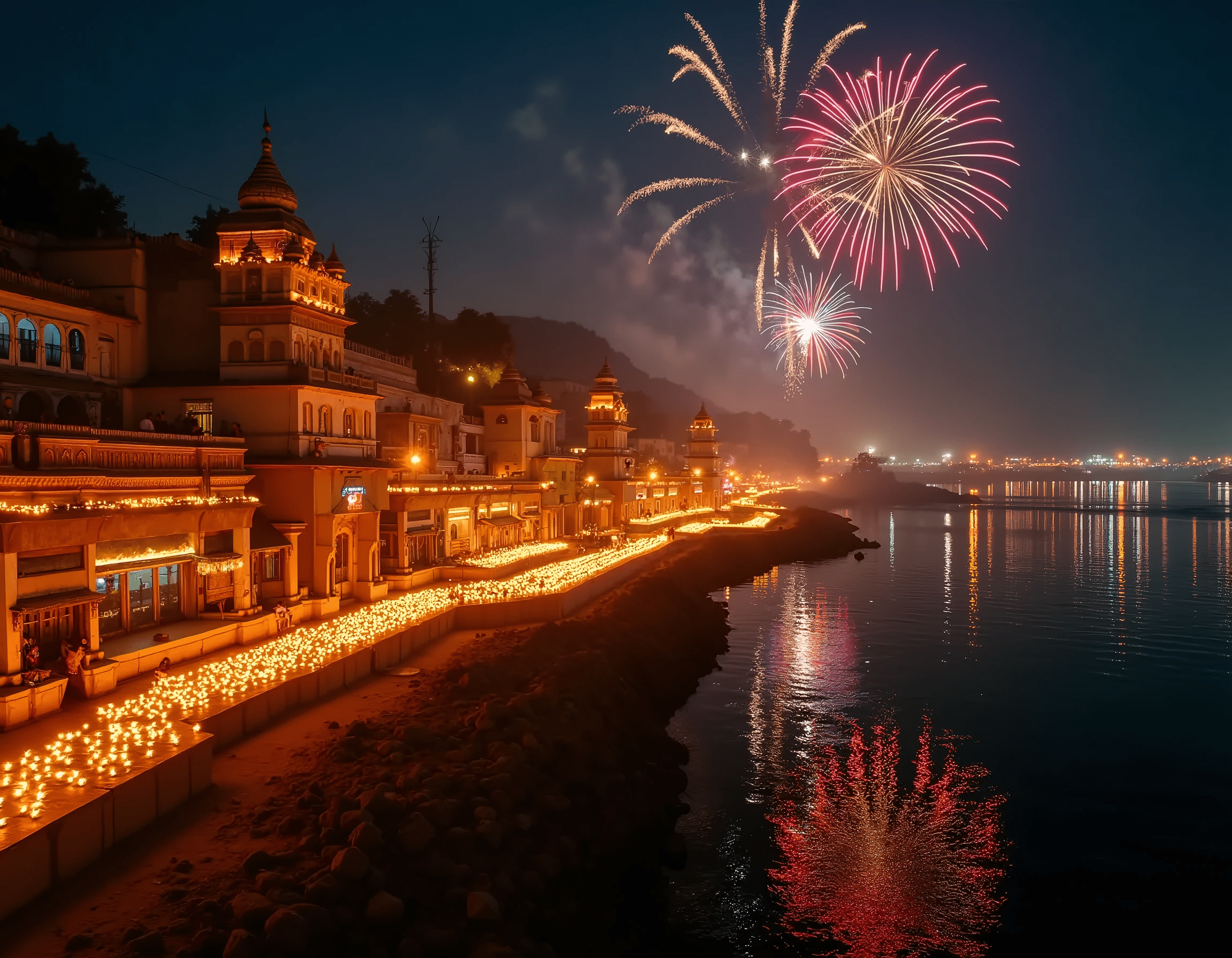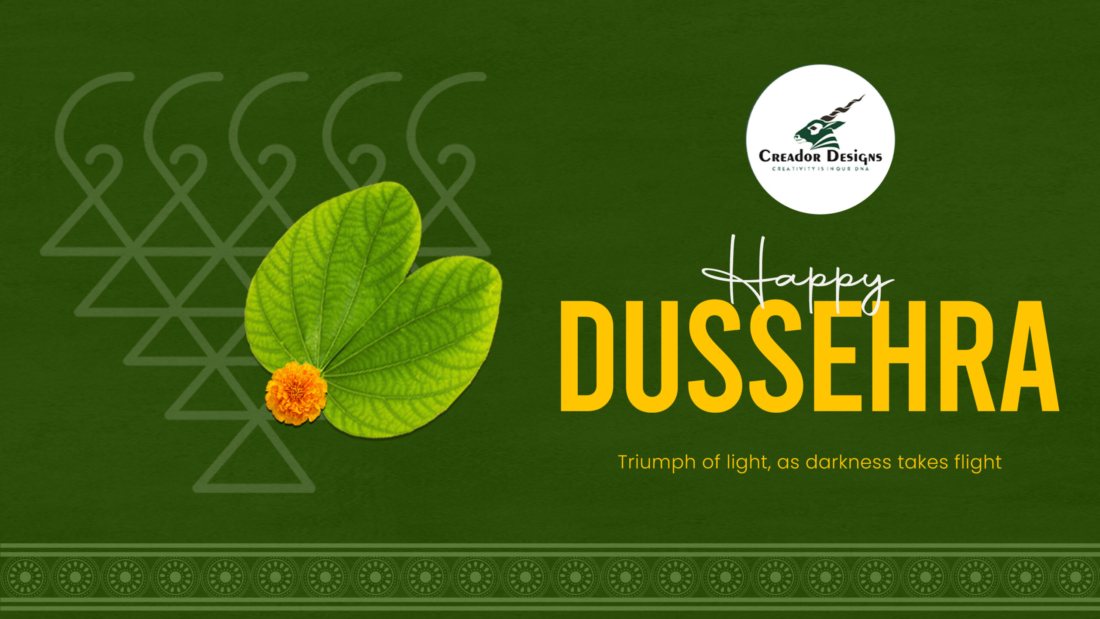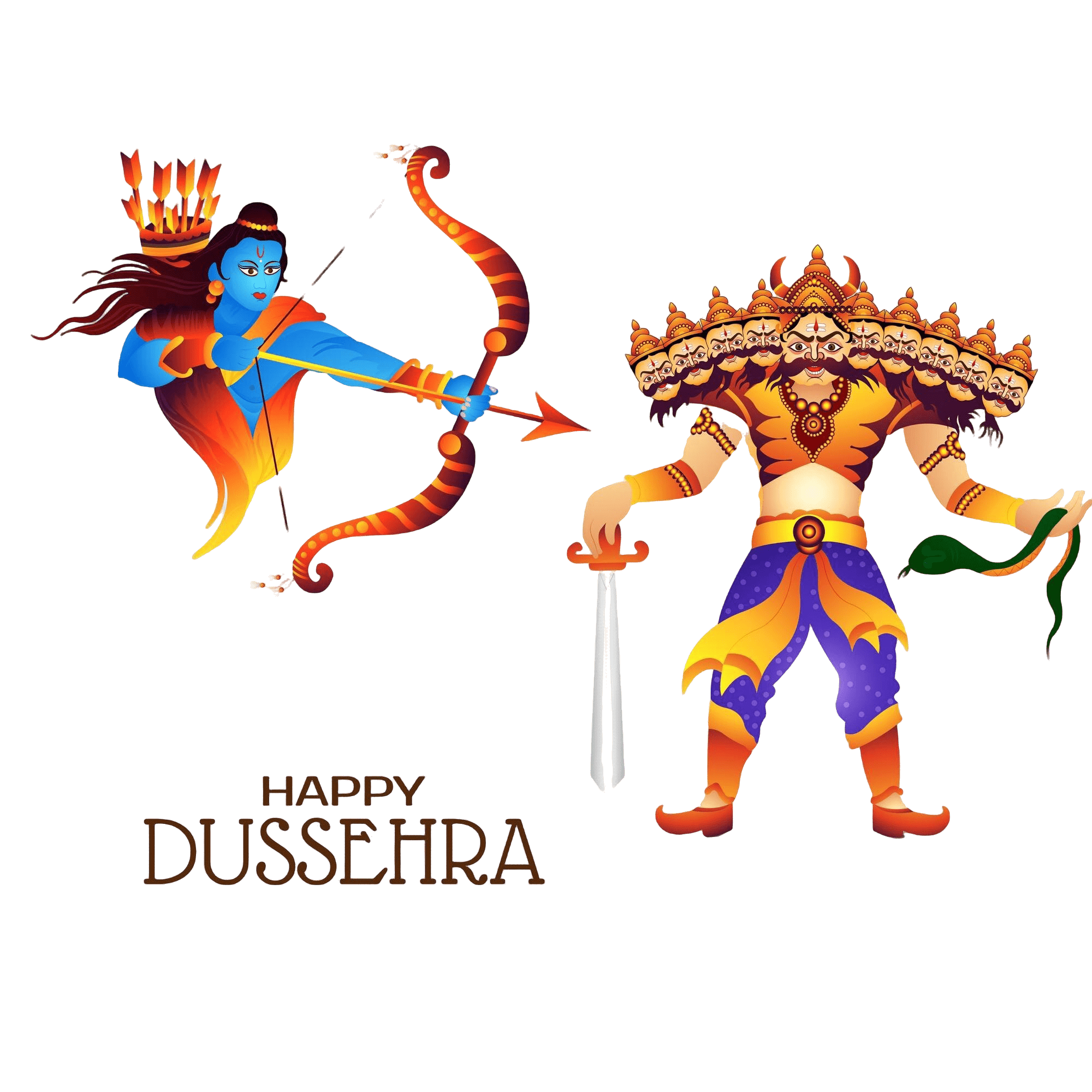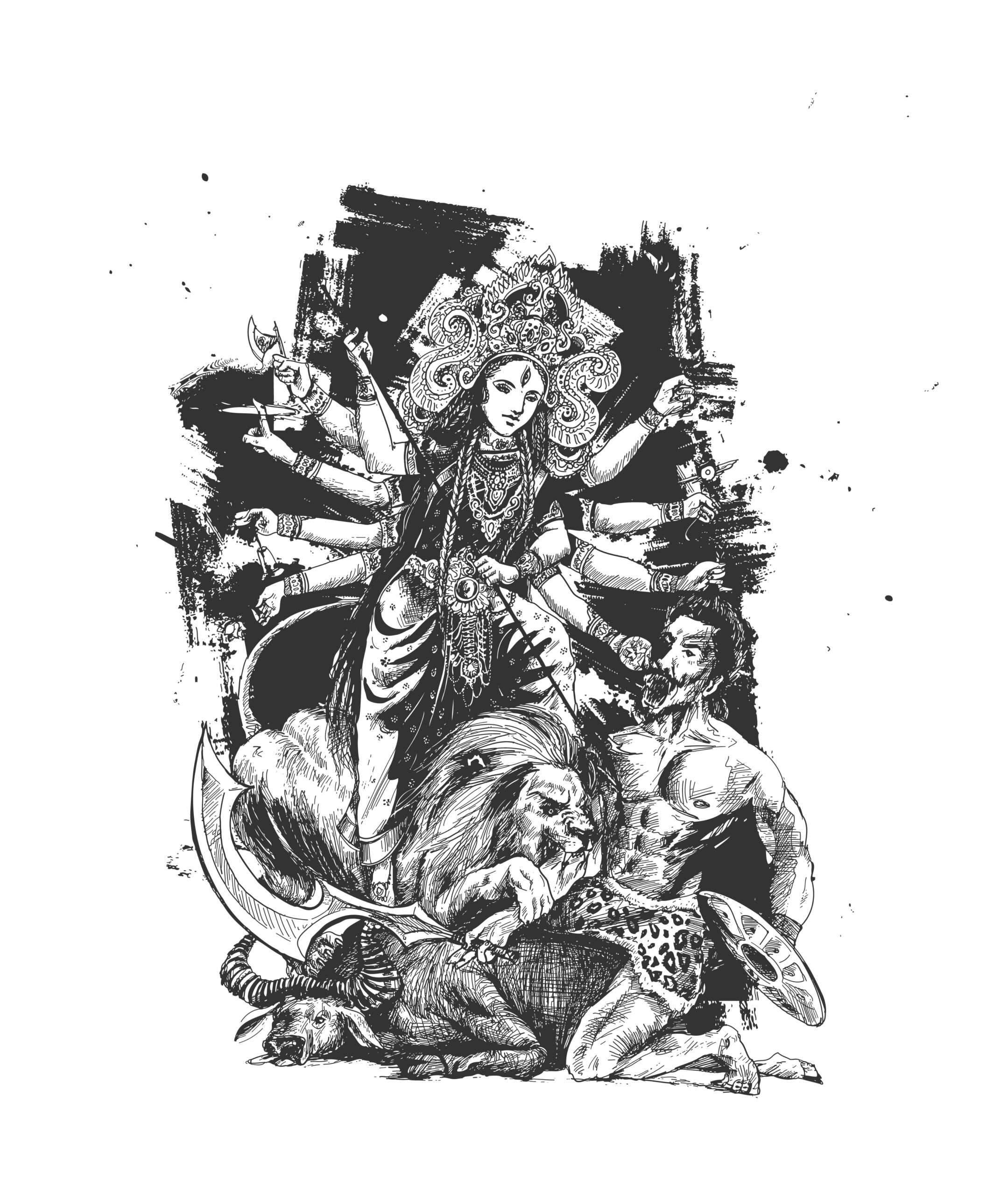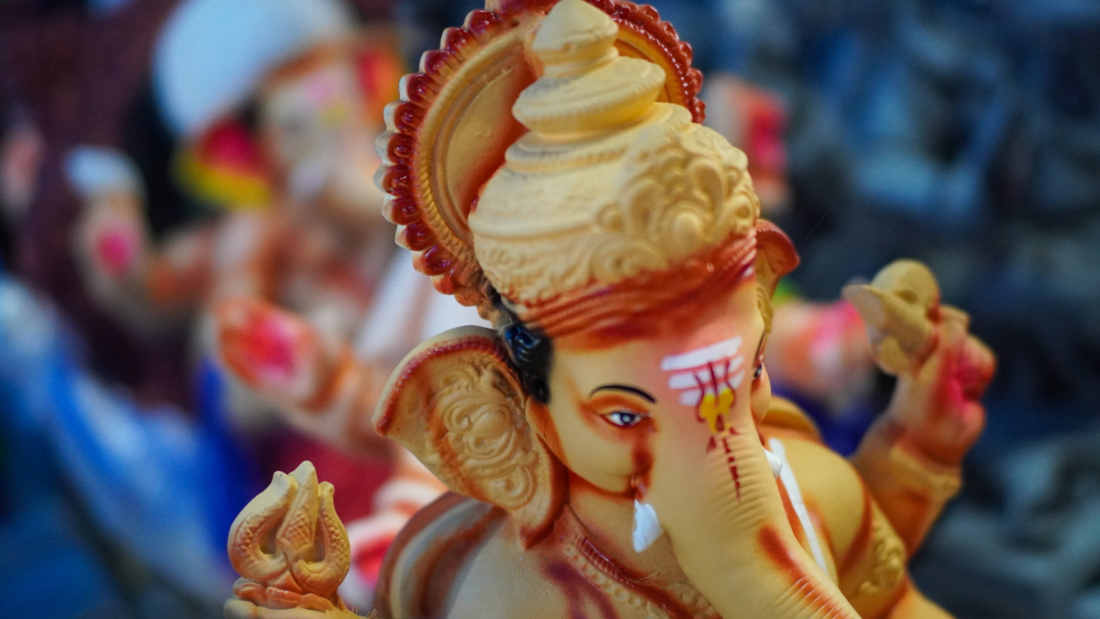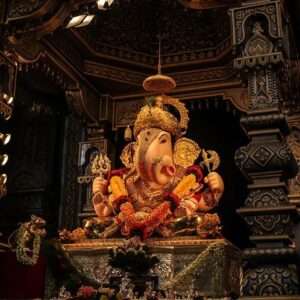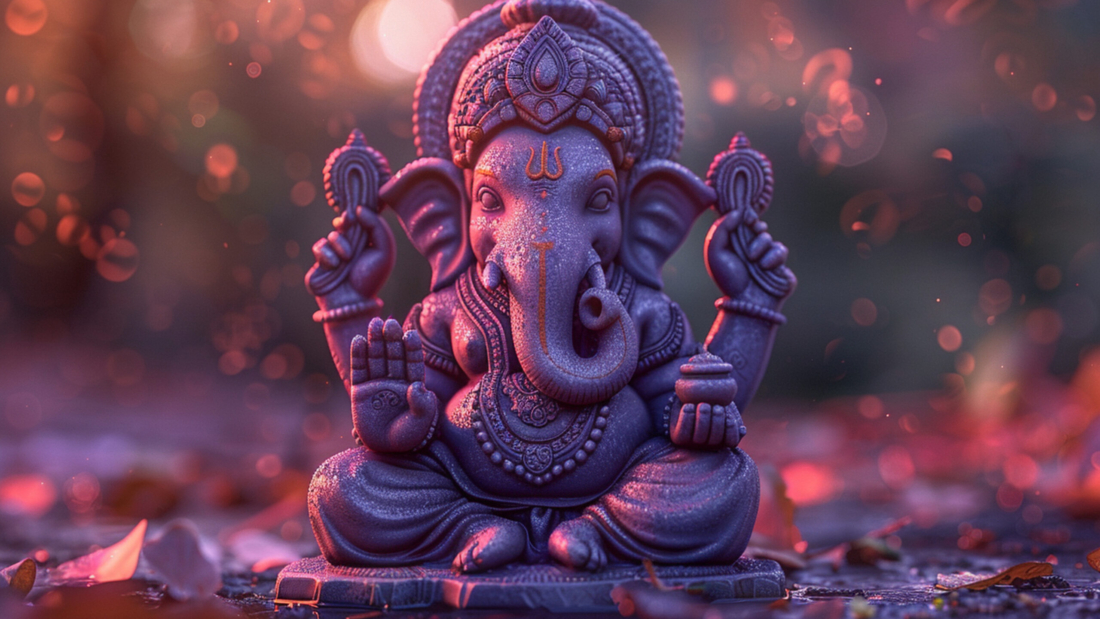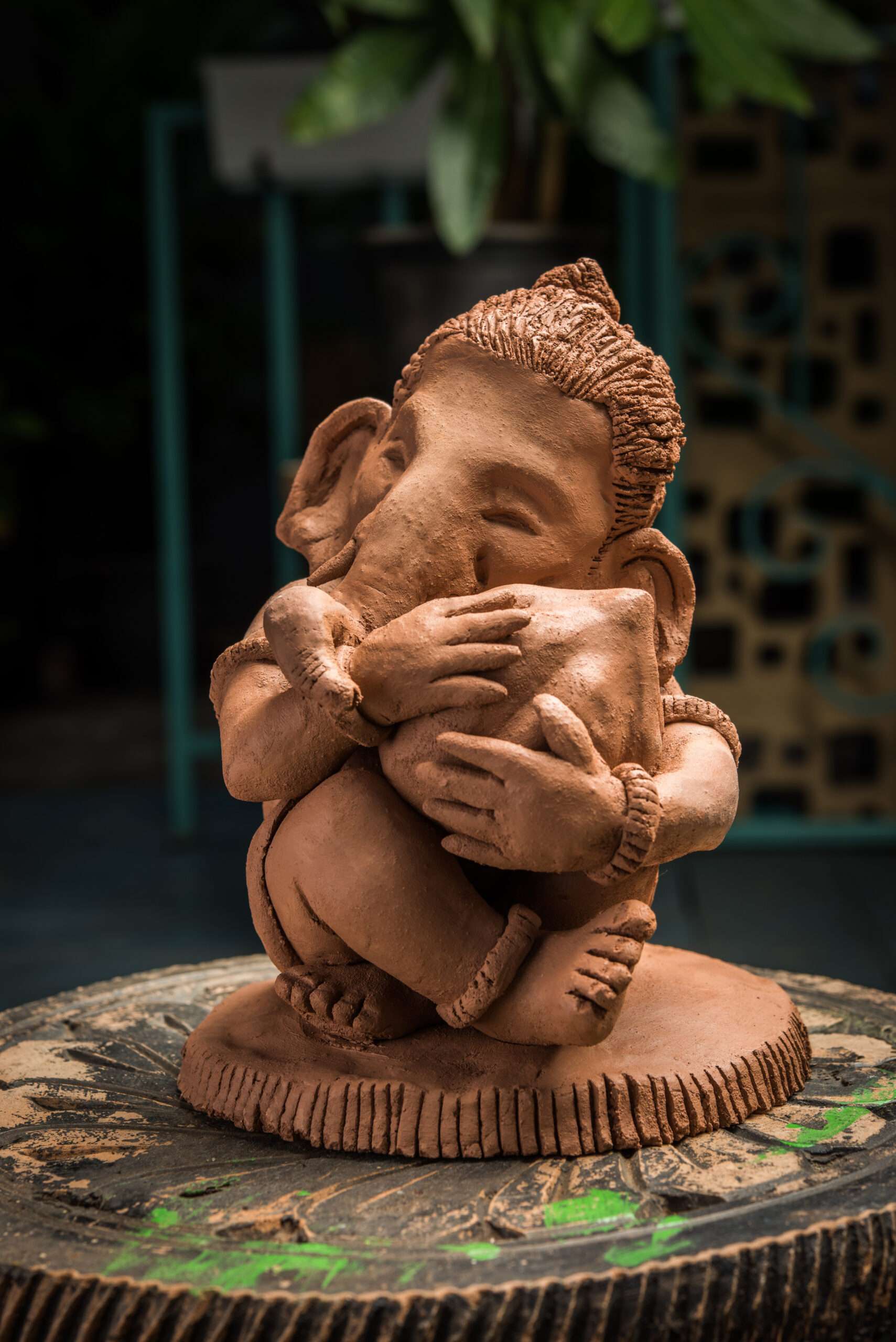Background: The Maha Kumbh Festival

The Incident: A Deadly Confluence of Factors
The stampede unfolded between 9:15 PM and 9:30 PM on February 15 at platforms 14 and 15 of New Delhi Railway Station. Several factors contributed to the disaster:
- Overcrowding: The station was overwhelmed with pilgrims eager to reach Prayagraj. Reports indicate that ticket sales exceeded platform capacities, with approximately 1,500 tickets sold every hour, leading to severe congestion.
- Train Delays: Delays in train arrivals exacerbated the situation, causing impatience and anxiety among the waiting passengers.
- Miscommunication: Announcements regarding the arrival of two similarly named trains—the “Prayagraj Special” at platform 16 and the “Prayagraj Express” at platform 14—led to confusion. Many passengers, fearing they would miss their train, rushed between platforms.
- Structural Bottlenecks: The footbridge connecting platforms 14 and 15 became a choke point. Witnesses reported that passengers descending the footbridge began to slip and fall, possibly due to someone fainting, leading to a cascading effect as others tripped over those who had fallen.
Casualties and Immediate Response
The stampede claimed the lives of 18 individuals, including 14 women and 5 children. The youngest victim was a seven-year-old girl, and the oldest was a 79-year-old woman. Over a dozen others sustained injuries and were admitted to Lok Nayak Hospital in New Delhi for treatment.
In the immediate aftermath, there was an apparent attempt by railway authorities to downplay the severity of the incident. Initial statements omitted mention of fatalities, and media access to the hospital was restricted. However, as information from eyewitnesses and hospital officials emerged, the true scale of the tragedy became apparent.

Official Reactions and Investigations
Prime Minister Narendra Modi expressed his condolences, stating he was “distressed by the stampede.” Railway Minister Ashwini Vaishnaw announced the formation of a high-level committee to investigate the causes of the incident. The committee, comprising senior railway officials, was tasked with analyzing CCTV footage, reviewing eyewitness accounts, and assessing structural factors that may have contributed to the disaster.
The Railway Ministry also declared compensation for the victims’ families, offering ₹10 lakh to the families of the deceased, ₹2.5 lakh to those with serious injuries, and ₹1 lakh to individuals with minor injuries. These announcements came before the railway authorities officially acknowledged the fatalities, leading to criticism about the handling of information.
Preventive Measures and Future Implications
In response to the tragedy, security measures at New Delhi Railway Station were intensified. Additional personnel from the Government Railway Police (GRP) and Railway Protection Force (RPF) were deployed to manage crowds and prevent similar incidents. Continuous announcements were made to guide passengers and alleviate confusion. Furthermore, extra trains were scheduled to accommodate the surge of pilgrims traveling to and from the festival.
This incident underscores the critical need for comprehensive crowd management strategies during large-scale events in India. The convergence of massive populations in limited spaces, combined with infrastructural constraints and communication lapses, can lead to catastrophic outcomes. Authorities must prioritize the development and implementation of robust plans that address these challenges, ensuring the safety and well-being of all participants.

FAQs
What caused the stampede at New Delhi Railway Station on February 15, 2025?
The stampede was triggered by a combination of overcrowding due to an influx of pilgrims heading to the Maha Kumbh festival, train delays, miscommunication about train arrivals, and structural bottlenecks on a footbridge connecting platforms 14 and 15.
How many casualties resulted from the incident?
The tragedy resulted in 18 deaths, including 14 women and 5 children. Over a dozen individuals sustained injuries and were hospitalized.
What immediate actions were taken following the stampede?
First responders, including station porters, assisted victims and transported the injured to nearby hospitals. Authorities deployed additional security personnel to manage the crowd and initiated an investigation into the incident.
What measures are being implemented to prevent similar incidents in the future?
Enhanced crowd management protocols, improved

